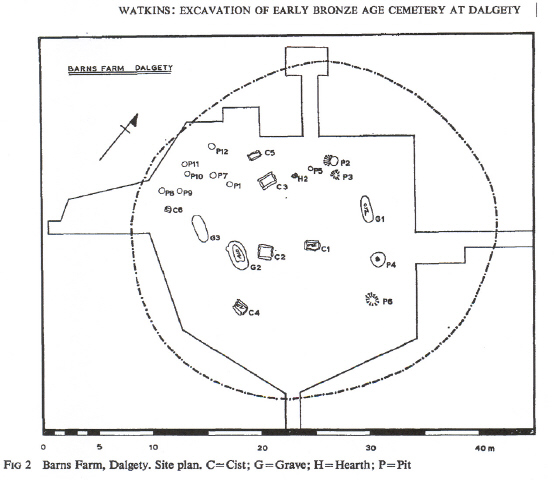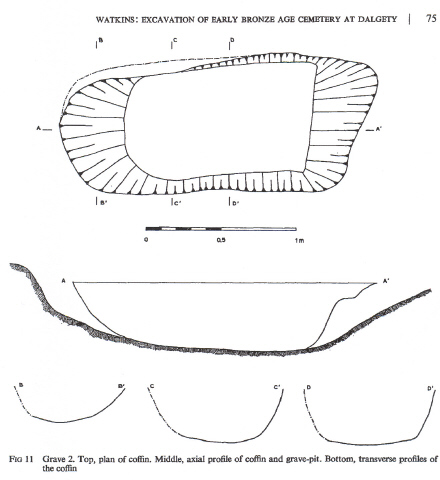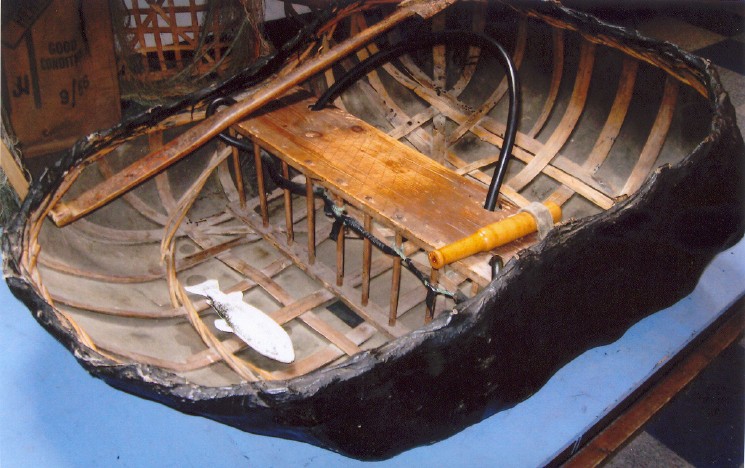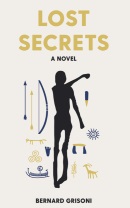<< Our Photo Pages >> Barns Farm Dalgety Fife - Barrow Cemetery in Scotland in Fife
Submitted by AngieLake on Thursday, 25 September 2008 Page Views: 11430
Neolithic and Bronze AgeSite Name: Barns Farm Dalgety Fife Alternative Name: Barns Farm Early Bronze Age CemeteryCountry: Scotland County: Fife Type: Barrow Cemetery
Nearest Town: Dalgety Bay Nearest Village: Aberdour
Map Ref: NT178842
Latitude: 56.043590N Longitude: 3.321059W
Condition:
| 5 | Perfect |
| 4 | Almost Perfect |
| 3 | Reasonable but with some damage |
| 2 | Ruined but still recognisable as an ancient site |
| 1 | Pretty much destroyed, possibly visible as crop marks |
| 0 | No data. |
| -1 | Completely destroyed |
| 5 | Superb |
| 4 | Good |
| 3 | Ordinary |
| 2 | Not Good |
| 1 | Awful |
| 0 | No data. |
| 5 | Can be driven to, probably with disabled access |
| 4 | Short walk on a footpath |
| 3 | Requiring a bit more of a walk |
| 2 | A long walk |
| 1 | In the middle of nowhere, a nightmare to find |
| 0 | No data. |
| 5 | co-ordinates taken by GPS or official recorded co-ordinates |
| 4 | co-ordinates scaled from a detailed map |
| 3 | co-ordinates scaled from a bad map |
| 2 | co-ordinates of the nearest village |
| 1 | co-ordinates of the nearest town |
| 0 | no data |
Internal Links:
External Links:
I have visited· I would like to visit
AngieLake has visited here

The cemetery, on the round top of a small hillock, had finally been sealed by a round barrow of scraped up soil. The total assemblage from the cemetery included three Food Vessels, one Beaker, a battle-axe, a shale necklace, jet beads and pendants, various flint tools, a copper or bronze knife, a copper or bronze awl or reamer; in addition there were several derived neolithic sherds and a few very small pieces of flint. The cists and graves contained inhumations and cremations, in some cases simultaneously deposited in the same grave. The experimental reconstruction of one of the cists suggested that the scale of the social group necessarily involved in the contruction of such cists might be as large as eight persons engaged for three days. It is also argued that one of the graves at least contained a coracle reused as a coffin.
[Proc Soc Antiq Scot, 112 (1982) 48-141. Report by Trevor Watkins, Dept of Archaeology, George Square, Edinburgh, with contributions by... (listed persons). Googled for 'coracle 1974 Bronze Age, Fife.]
You may be viewing yesterday's version of this page. To see the most up to date information please register for a free account.



Do not use the above information on other web sites or publications without permission of the contributor.
Nearby Images from Geograph Britain and Ireland:

©2014(licence)

©2007(licence)

©2019(licence)

©2020(licence)

©2020(licence)
The above images may not be of the site on this page, they are loaded from Geograph.
Please Submit an Image of this site or go out and take one for us!
Click here to see more info for this site
Nearby sites
Key: Red: member's photo, Blue: 3rd party photo, Yellow: other image, Green: no photo - please go there and take one, Grey: site destroyed
Download sites to:
KML (Google Earth)
GPX (GPS waypoints)
CSV (Garmin/Navman)
CSV (Excel)
To unlock full downloads you need to sign up as a Contributory Member. Otherwise downloads are limited to 50 sites.
Turn off the page maps and other distractions
Nearby sites listing. In the following links * = Image available
1.4km NE 55° Aberdour Cairn Cairn (NT1985)
1.9km W 277° Fordell Standing Stone* Standing Stone (Menhir) (NT15938446)
1.9km SE 145° Inchcolm Sculptured Stone (NT18888260)
2.0km NE 52° St Fillan's Well (Aberdour)* Holy Well or Sacred Spring (NT194854)
3.3km WNW 288° St Theriot's Well* Holy Well or Sacred Spring (NT147853)
5.7km ENE 61° Binn (Burntisland)* Rock Art (NT2278886891)
6.2km WNW 282° North Wood (Dunfermline)* Cairn (NT11788565)
6.2km ENE 71° Craigkennockie (Burntisland) Cairn (NT237861)
6.7km NNE 25° Auchertool Holy Well* Holy Well or Sacred Spring (NT208902)
6.7km WNW 287° Pitcorthie.* Standing Stone (Menhir) (NT11398633)
6.9km SSW 204° Crossall Hill (South Queensferry)* Ancient Cross (NT14907791)
7.2km S 170° Cramond Ancient Village or Settlement (NT18957706)
7.6km SW 219° Bell Stane (Queensferry) Standing Stone (Menhir) (NT12827840)
7.8km ENE 56° North Glassmount* Standing Stones (NT244884)
9.1km NNW 326° St Ninians Fife Earth Project* Modern Stone Circle etc (NT129919)
9.5km S 181° Cammo Stone* Standing Stone (Menhir) (NT1747774681)
10.2km SSW 195° Cat Stane (Kirkliston)* Standing Stone (Menhir) (NT1489374373)
10.4km SSW 201° Carlowrie (Kirkliston) Rock Art (NT138746)
10.9km WSW 241° Abercorn Sculptured Stone (NT08147910)
11.6km N 358° Kirkhall, Lochore Stone Circle (NT177958)
11.7km SSE 153° Succoth Place Double Cist Burial Cist (NT22897362)
11.7km SW 235° Justice Stone Standing Stone (Menhir) (NT08087759)
11.7km S 170° Lady Well* Holy Well or Sacred Spring (NT196726)
11.8km S 170° Physic Well (Corstorphine)* Holy Well or Sacred Spring (NT19597252)
11.9km N 3° Hare Law (Fife)* Cairn (NT187961)
View more nearby sites and additional images






 We would like to know more about this location. Please feel free to add a brief description and any relevant information in your own language.
We would like to know more about this location. Please feel free to add a brief description and any relevant information in your own language. Wir möchten mehr über diese Stätte erfahren. Bitte zögern Sie nicht, eine kurze Beschreibung und relevante Informationen in Deutsch hinzuzufügen.
Wir möchten mehr über diese Stätte erfahren. Bitte zögern Sie nicht, eine kurze Beschreibung und relevante Informationen in Deutsch hinzuzufügen. Nous aimerions en savoir encore un peu sur les lieux. S'il vous plaît n'hesitez pas à ajouter une courte description et tous les renseignements pertinents dans votre propre langue.
Nous aimerions en savoir encore un peu sur les lieux. S'il vous plaît n'hesitez pas à ajouter une courte description et tous les renseignements pertinents dans votre propre langue. Quisieramos informarnos un poco más de las lugares. No dude en añadir una breve descripción y otros datos relevantes en su propio idioma.
Quisieramos informarnos un poco más de las lugares. No dude en añadir una breve descripción y otros datos relevantes en su propio idioma.